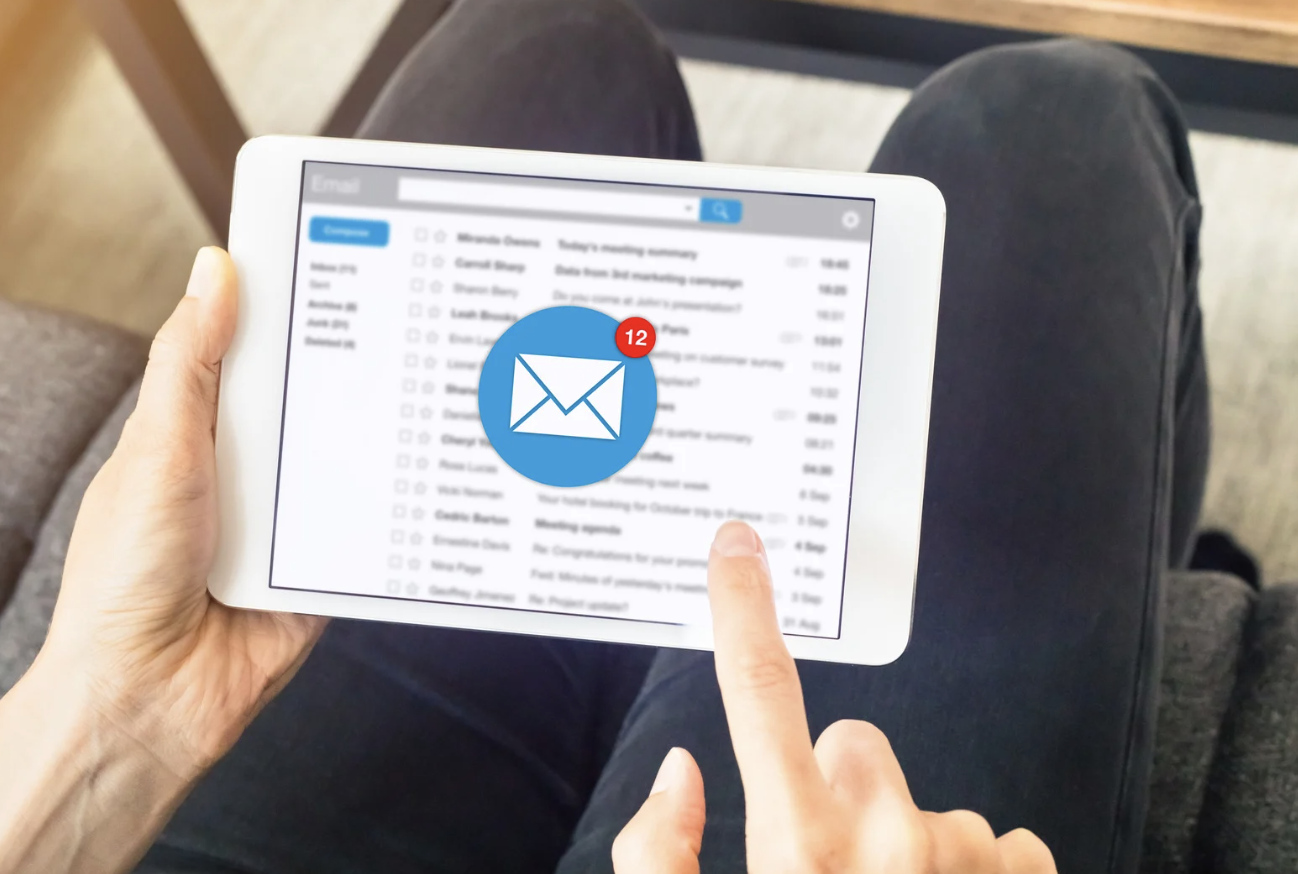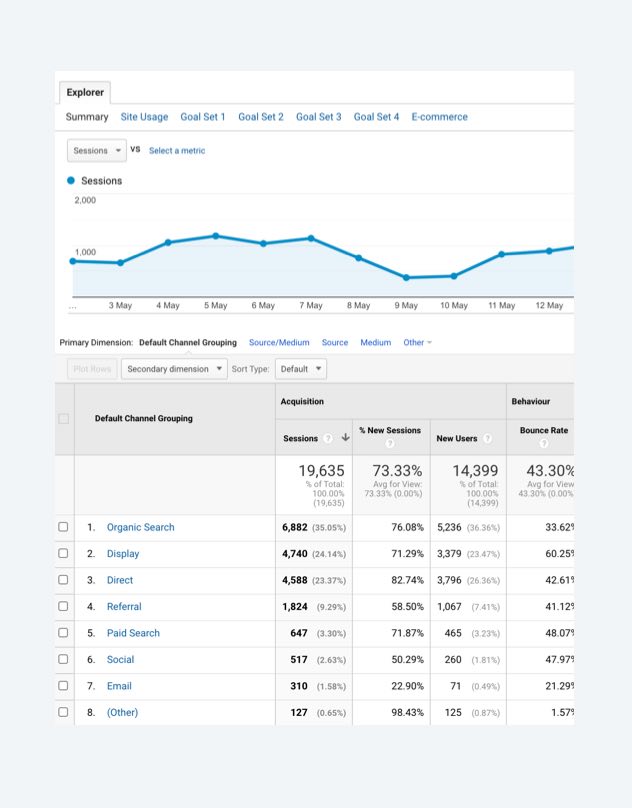
If you’ve ever wondered why your perfectly crafted emails aren’t landing in your subscribers’ inboxes, you’re not alone. Email deliverability is a complex but critical component of any successful email marketing strategy, and getting it right can dramatically increase engagement, conversions, and ROI.
In this post, we’ll break down what email deliverability really means, why it matters, and actionable steps you can take today to improve it.
What Is Email Deliverability?
Email deliverability refers to the ability of your emails to successfully land in the recipient's inbox, rather than their spam or junk folder. It's influenced by a combination of sender reputation, authentication protocols, content quality, list hygiene, and engagement rates.
Even if your emails are technically delivered, that doesn't guarantee they’ll reach the inbox. Poor deliverability can result in your messages being sent to spam, leading to lost opportunities and wasted resources.
Why Email Deliverability Matters
Deliverability isn’t just a technical issue; it directly impacts your business outcomes:
Low deliverability = Low engagement
Poor sender reputation = Blocked emails
Good deliverability = Higher open rates, CTRs, and ROI
Whether you're sending newsletters, transactional emails, or drip campaigns, getting into the inbox is non-negotiable.
7 Expert Tips to Improve Your Email Deliverability
1. Authenticate Your Domain (SPF, DKIM, and DMARC)
Proper email authentication builds trust with ISPs and helps prevent spoofing.
SPF confirms you're authorized to send on behalf of your domain.
DKIM adds a digital signature to prove your content hasn’t been tampered with.
DMARC aligns SPF and DKIM for extra protection and reporting.
Pro Tip: Use tools like MailMonitor’s email deliverability solution to monitor authentication and inbox placement across multiple platforms.
2. Maintain a Healthy Email List
Remove:
Hard bounces
Inactive subscribers
Role-based emails (like info@ or support@)
This improves your sender reputation and increases engagement rates — both of which impact deliverability.
3. Avoid Spam Triggers in Content
Spam filters look at:
Subject line length
ALL CAPS or excessive punctuation!!!
Overuse of “free,” “buy now,” or “urgent”
Poor HTML coding or missing plain text versions
Use email preview tools to test your emails before hitting send.
4. Warm Up New IPs and Domains Gradually
Don’t start blasting thousands of emails from a brand-new IP or domain. ISPs are quick to flag unusual sending behavior.
Start with small, engaged lists and gradually ramp up volume to build trust.
5. Monitor Your Sender Reputation
ISPs use sender reputation scores to decide whether to inbox, filter, or block your emails.
Use monitoring tools (like Google Postmaster Tools or MailMonitor) to keep tabs on:
Complaint rates
Spam trap hits
Bounce rates
Domain reputation
6. Optimize Email Frequency and Timing
Sending too often can fatigue your list. Sending too infrequently can hurt engagement metrics.
Stick to a consistent sending schedule based on user behavior and expectations.
7. Track and Improve Engagement Metrics
Gmail and other providers use engagement metrics (opens, clicks, replies) to decide inbox placement.
Encourage interaction by:
Asking questions
Personalizing content
Using dynamic segmentation
Testing subject lines and CTAs
Final Thoughts
Improving email deliverability is a long-term game, not a one-time fix. However, by focusing on authentication, list hygiene, and engagement, you can increase your inbox rates and maximize your ROI.
If you’re serious about getting your emails into the inbox, consider using a dedicated tool to monitor and improve your sender reputation.
👉 See how MailMonitor can help improve your email deliverability.
FAQ: Email Deliverability
Q: How do I know if my emails are going to spam?
A: Use seed lists, inbox placement tools, or services like MailMonitor to test where your emails land across major ISPs.
Q: What’s a good email deliverability rate?
A: Ideally, above 95%. Anything below 90% needs immediate attention.
Q: How long does it take to improve deliverability?
A: You may see improvements in 1–4 weeks with consistent best practices.









